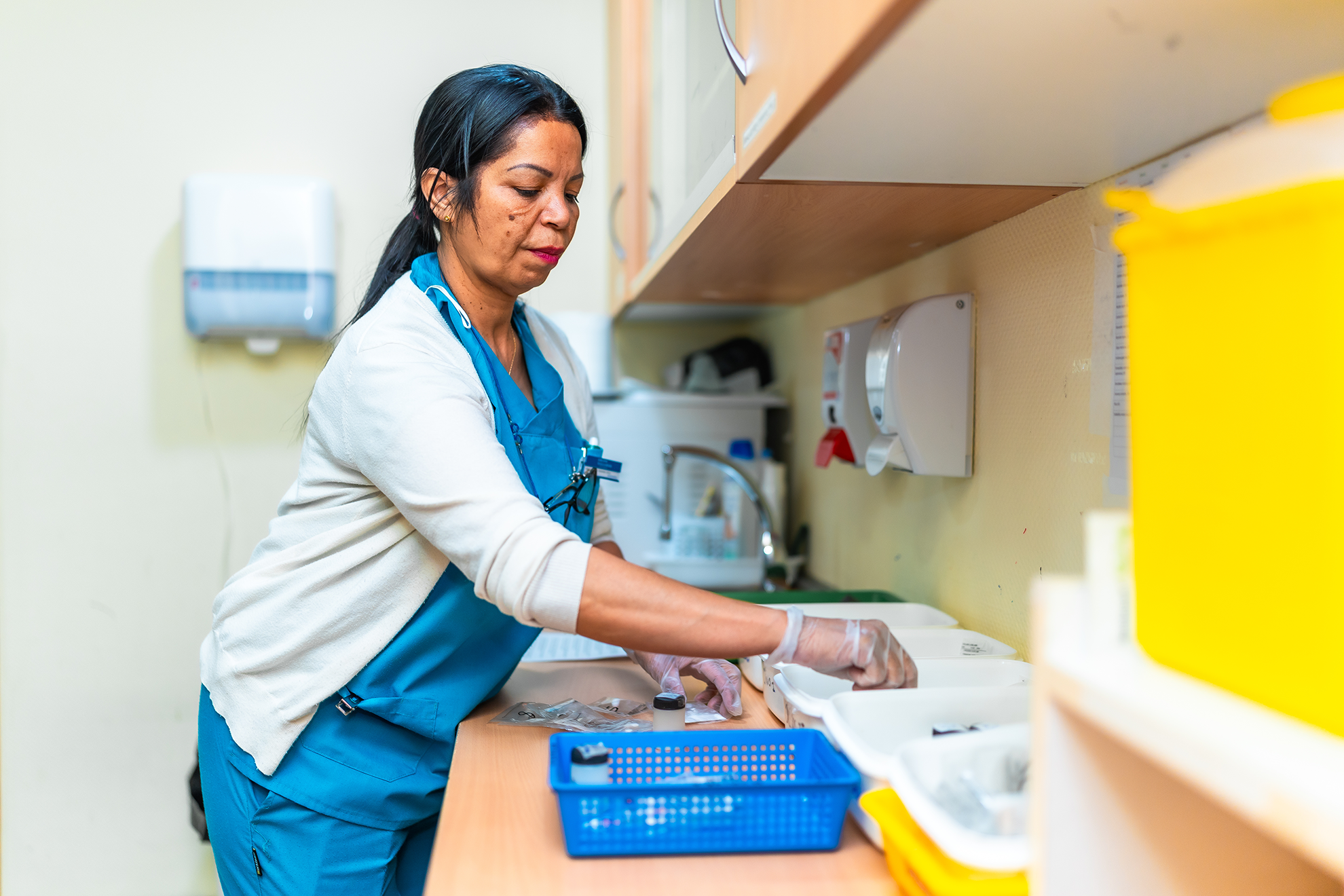Fox File: Trends and Observations from Site Selectors Guild

March 7, 2022
I wanted to share some of my notes from the Site Selectors Guild Conference, which I attended in San Diego last week:
Trends
Many of the same trends that we heard from the Area Development conference last fall were top of mind in San Diego:
a. Large-scale “Mega” projects have arisen in the Electric Vehicle (EV), Life Sciences, Data Center, and Food Processing industries.
b. Quality of Life – It was confirmed at every turn that Quality of Life is becoming a larger and larger factor in site selection due primarily to labor shortages that are felt country-wide.
c. Quality of Life 2 – DEI (Diversity, Equity, and Inclusion) is considered a key element of quality of life. Usually we hear this categorized under Environmental, Governance, and Sustainability (ESG) goals, but we’re hearing it more and more in the Quality of Life conversation because if you don’t feel safe and welcome, you can’t have a full quality of life.
d. ESG – Everybody is leaning into it.
Benchmarking
I made a concerted effort to talk with contacts from Economic Development Organizations (EDOs) in Arizona, Colorado, and Idaho. All are dealing with escalating costs of doing business in their markets. Are they getting pushback from key stakeholders to slow down? That was not clear. All are trying to create new assets for talent acquisition and attraction.
Table Talk
Consultant 1’s key takeaway is that power needs for projects are going up (due to more automation driven by labor shortages, and the need to cycle up batteries in the EV space). There are challenges to fill requirements of clients with big power needs due to supply chain constraints in high voltage equipment.
Consultant 2 noted that his tech clients are quietly planning return to office and resuming site selection searches.
Consultant 3 – The pandemic exacerbated/accelerated labor shortages. He thinks that three key components to a great economic development strategy are: a) support indigenous businesses, b) attract new investment, c) build community capacity. Most EDOs neglected community capacity building and should be investing in that. In the Life Sciences industry, gene and cell therapy are next big things in terms of projects on the horizon.
Consultant 4 is seeing lots of activity in industrial and Food Processing sectors.
Consultant 5 is seeing lots of project activity in EV and circuitry, e-commerce, and logistics. Her site selection firm makes the first cut of locations based on available real estate, and the second cut based on labor quality and availability. (The highlighted to me the importance of our Certified Sites program.) Consultant 5 also noted that her firm is now often interviewing local school districts as part of their site visits. With labor tight everywhere, the takeaway is for your community to show how you are building the workforce of the future.
Consultant 6 is site selector focused on taking U.S. companies to Europe. Given the tragic circumstances in Europe right now, European companies looking for safe growth opportunities may look to a more stable U.S. market. For Utah and comparable markets, this suggests developing relationships with key investment promotion organizations in Europe.
Consultant 7 sees Utah’s strong net in-migration as a strong differentiator. We should tell more of the Utah “demographic sustainability” story. On the topic of “Social environment," this consultant performed an analysis for a recent client that centered on social justice. Factors included proximity to Historically Black Colleges and Universities, the relationship between police and diverse communities, and what local programs support diverse communities. These inquiries are primarily in tech and financial services projects, but the approach is migrating into industrial projects as well.
Consultant 8 – I asked him if communities are becoming more selective and he said yes, he can sense that, but that the “white glove” treatment still matters. EDCUtah and Utah communities can help the process by educating a project company on the realities of the local market and how the company can become employer of choice. DEI is “baked in” to all decisions now.
Consultant 9 said, “Workforce development needs to be part of your wheelhouse now.” In Utah, we can own and lean into the missionary program of the Church of Jesus Christ of Latter-day Saints, as it supports our case for diversity, language skills, and global mindset culture.
Consultant 10 is seeing lots of western region requirements, with the exception of California. This trend focuses a lot of attention on Idaho, Utah, Arizona, and Texas. Further, the lack of real estate is accelerating project timelines. Lots of companies in the EV supply chain are behind in fulfilling their commitments to the OEMs so we are going to see a lot of “rushed” decision making.
It was a whirlwind couple of days, but time well spent. EDCUtah came away with a number of ways to sharpen our case to expanding companies. We also came away with the knowledge that we have many compelling arguments already in place.






